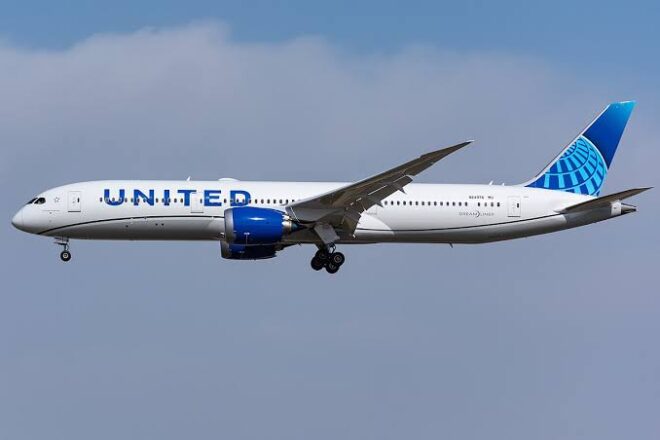
Is United Airlines Crashing? The Startling Realities Behind Their Decline
United Airlines, once a powerhouse in the aviation industry, has been facing increasing scrutiny and concern over its recent performance. From high-profile customer service debacles to operational inefficiencies, the airline’s struggles have led many to question whether United is heading toward a major crisis. This article explores the key issues contributing to United Airlines’ current decline and examines what this could mean for its future.
A Troubled History of Customer Service
United Airlines has been at the center of several widely publicized customer service incidents that have severely damaged its reputation. Perhaps the most infamous was the 2017 incident where a passenger was forcibly removed from an overbooked flight. The video footage of the incident went viral, sparking outrage and a public relations nightmare for the airline.
Unfortunately, this was not an isolated event. Over the years, United has been criticized for its handling of numerous customer service issues, ranging from lost baggage to poor in-flight service. These incidents have not only caused immediate backlash but have also contributed to a long-term erosion of customer trust. The airline has made efforts to improve, but many customers still associate United with poor service, making it difficult for the company to fully recover its image.
Operational Inefficiencies: A Growing Concern
Beyond customer service issues, United Airlines has been struggling with significant operational inefficiencies that have further tarnished its reputation. Frequent flight delays and cancellations have become a common complaint among passengers. In 2023, United experienced a surge in such disruptions, leading to frustration and dissatisfaction among its customer base.
Part of the problem lies in the airline’s aging fleet. While competitors have made significant investments in newer, more reliable aircraft, United has been slower to modernize. This has resulted in higher maintenance costs and increased downtime for repairs, directly impacting the airline’s ability to maintain a consistent schedule. Additionally, United has faced challenges in crew scheduling and resource allocation, leading to further operational hiccups.
These inefficiencies not only inconvenience passengers but also strain the airline’s financial resources, contributing to its overall decline. With each delay or cancellation, United risks losing loyal customers to competitors who offer more reliable service.
Financial Woes: A Declining Bottom Line
The operational and customer service challenges have taken a toll on United Airlines’ financial performance. The airline has reported declining profits in recent quarters, with rising costs and shrinking margins putting pressure on its bottom line. The COVID-19 pandemic exacerbated these issues, as the entire aviation industry struggled to cope with reduced demand and changing travel restrictions.
Although United has seen some recovery as travel has picked up, it has not been enough to offset the financial damage. The airline’s stock has underperformed compared to its peers, reflecting investor concerns about its ability to navigate ongoing challenges. Rising fuel prices and labor disputes have further compounded the financial strain, forcing the airline to consider cost-cutting measures that could potentially impact service quality.
The combination of declining profits and a tarnished reputation has raised questions about United’s long-term viability. Some analysts have even speculated that the airline could face bankruptcy if it does not take decisive action to reverse its fortunes.
#### Leadership Turmoil: A Crisis of Direction
Another significant factor contributing to United Airlines’ decline is instability within its leadership ranks. The airline has seen multiple changes in its executive team over the past decade, leading to inconsistent strategies and a lack of clear direction. Each leadership change has brought new priorities and initiatives, but the frequent turnover has made it difficult for the airline to maintain momentum or execute a long-term vision.
The lack of stable leadership has also contributed to a culture of uncertainty within the organization. Employees have expressed concerns about job security and the future of the company, which has impacted morale and, by extension, the quality of service provided to customers.
Moreover, United’s leadership has faced criticism for its handling of crises. The airline’s response to the 2017 passenger removal incident, for example, was widely seen as inadequate and out of touch with public sentiment. This has further eroded confidence in the airline’s ability to manage its reputation and recover